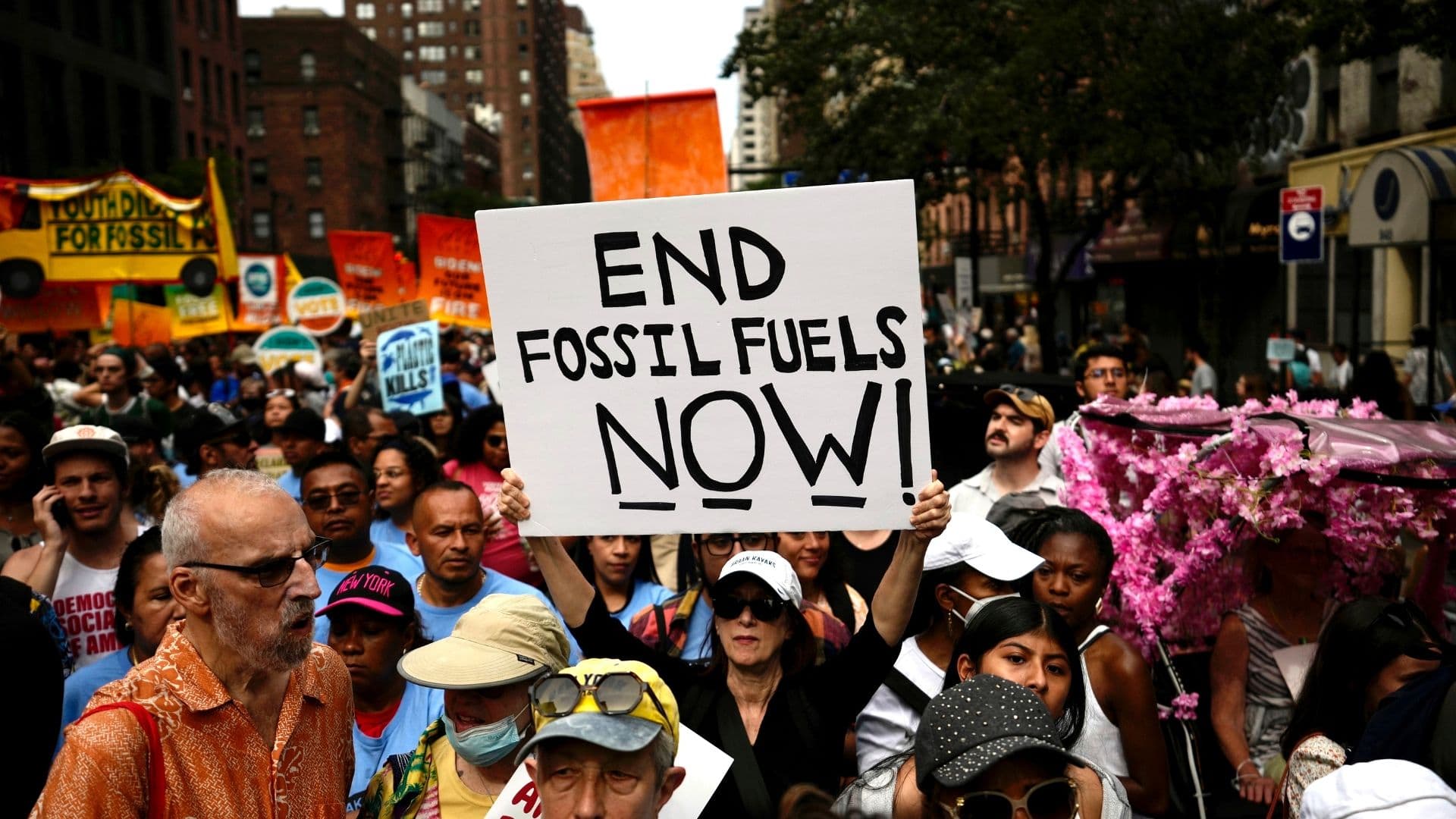Mount Semeru Erupts Again, Over 900 Evacuated and 170 Climbers Rescued
Indonesia raised the alert level for Mount Semeru to the highest as the volcano erupted multiple times, prompting large scale evacuations and an overnight rescue of stranded hikers. The event underscores ongoing risks to local communities, infrastructure and aviation, and could require extended humanitarian support if seismic activity persists.

Mount Semeru on the eastern flank of Java erupted repeatedly, prompting authorities to raise the alert to the highest level and to move more than 900 people from villages at risk into temporary shelters. Volcanology agency footage showed massive ash clouds as the volcano sent plumes of ash and pyroclastic material down its slopes, and observers reported that lava and rock traveled as far as 13 kilometers.
Reuters reported that Semeru erupted about 10 times on Wednesday, producing a sequence of explosive events that forced emergency services into immediate action. National park authorities said roughly 170 climbers were stranded overnight at a lakeside campsite about 6.4 kilometers from the crater. Rescue teams reached the group and assisted them to safety, authorities said, while local evacuation teams focused on moving residents from communities most exposed to ash fall and rockfall.
More than 900 residents were taken to temporary shelters such as schools and mosques, where officials and local volunteers provided first aid and basic supplies. Some homes sustained damage, and at least one elementary school suffered structural harm from falling ash and rock. Authorities have not reported the number of injured, and the situation remains under close observation as ash continues to drift and fragile buildings are inspected.
The eruptions carry immediate public safety implications beyond the slopes of Semeru. Ash clouds can disrupt aviation, and Indonesian aviation authorities routinely issue advisories and reroute flights in response to volcanic plumes. Local farmers face repeated losses from ash coated fields, and road and communications infrastructure can be degraded by thicker deposits. Authorities said they would monitor seismic activity and ash dispersion for days, a precaution that will inform further evacuations or the prolonged use of emergency shelters.
Semeru is one of Indonesia’s most closely monitored volcanoes. Its December 2021 eruption was the last major deadly event linked to the mountain, when dozens of people lost their lives. That recent history has left local communities wary and emergency services better prepared, but also reminded authorities that even well studied volcanoes can produce sudden and destructive events.
Humanitarian agencies may be called on to support displaced residents if the situation worsens or if ash contamination forces families from their homes for an extended period. Coordination between national disaster management bodies, regional authorities and community organizations is expected to shape the immediate response, while assessments of agricultural damage and school closures will determine the scope of longer term assistance.
As scientists analyze ash dispersion and seismic readings, officials will weigh the competing needs of rapid relief and caution. The eruption is likely to keep aviation and regional agencies on alert, and it will test local capacity to protect vulnerable communities who live in the shadow of one of Indonesia’s most active and unpredictable volcanoes.

